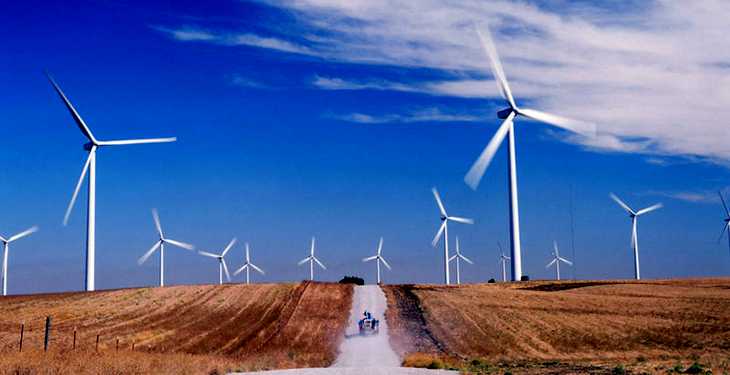Last week hundreds of thousands of Americans took to the streets to protest what they saw as the evisceration of environmental legislation and a rollback of US efforts to stem the tide of climate change. Protests in Washington, Boston, New York, San Francisco, Chicago, Seattle and other American cities coincided with the culmination of President Donald Trump’s first 100 days. Over that period, most of the political victories that the new administration has notched have been around environmental and climate science — chiefly rolling back policies enacted by the previous Obama Administrations, according to techcrunch.com.
As battle lines shift to the states from the federal government, local political realities and the new foundations of a profoundly changed US economy may reveal the limits of just how much power the current administration has to change the country’s course on climate issues.
On the political front, a majority of adults in every congressional district across the United States support regulations like limits on carbon dioxide emissions from coal power plants, a 20% renewable power mandate for state utilities, and the regulation of carbon dioxide as a pollutant, according to a study from the Yale Program on Climate Communication.
“States have many many levers,” says Mark Muro, a senior fellow and the director of policy at the Metropolitan Policy Program at The Brookings Institution. “The Public Utility Commissions are state [entities]. They control land use at the state level and they run arguably our most successful demand-side policies.”
These utility commissions are tasked with controlling the rates that consumers pay for energy. It’s in their interest to keep prices low while ensuring that utilities are building enough new power generation to keep up with demand from homes and businesses.
In recent years, price controls have come in the form of energy efficiency initiatives (the demand-side policies that Muro referenced), more natural gas power plants and renewable energy like wind and solar.
Above all of this is a changing American economy that is weighted more heavily to lower emission industries like banking and financial services, computing, healthcare, retail and services, and telecommunications than on traditional manufacturing (it’s worth noting that automotive and oil and gas are still the largest industries in America).
As the US economy becomes less energy intensive, a massive shift in pricing has made emissions-heavy coal power plants more expensive than other, more environmentally friendly options.
“We don’t believe the renewable energy industry is exposed to the volatility of regulation or policies in the U.S. because of the competitiveness that has been reached through technological improvement, efficiency and performance,” says Antonio Cammisecra, head of business development at Enel Green Power.
Still, conservatives in many states are moving forward with legislation to roll back clean energy friendly initiatives locally.
While there’s a possibility that the removal of enough price obstacles could bring coal back into the range of competitive pricing with other power sources over the short term, Muro says, companies that have to invest in power are looking beyond a four-year (or even eight-year) horizon.
“Because of the current cost structures of natural gas vs. coal… regulatory rollback is not an immediate block on progress,” Muro said. “It could become problematic over time or to the extent that natural gas prices drift upwards, that could make the regulatory rollback more successful in its aims in reinstating coal.”
